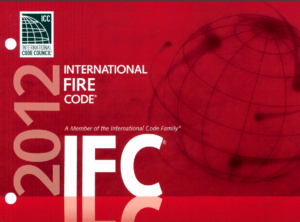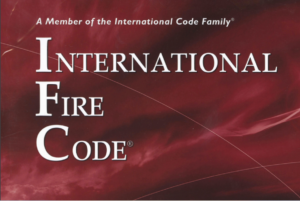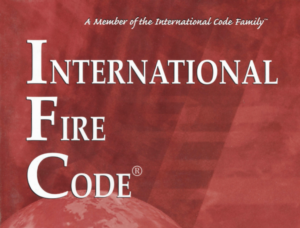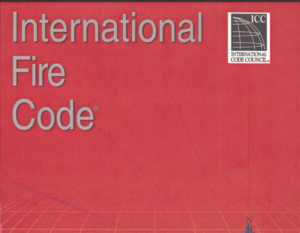The 2007 edition of NFPA 13, “Standard for the Installation of Sprinkler Systems,” marks a comprehensive update to the guidelines and standards for the design and installation of fire sprinkler systems. Developed by various NFPA technical committees, this edition emphasizes clarifications and refinements to better address practical implementation challenges and the evolving landscape of building designs and materials.
The document was finalized and approved as an American National Standard on August 17, 2006, reflecting the collective expertise and consensus of fire protection professionals. This edition not only continues the tradition of periodic updates to accommodate new insights and technologies but also introduces several key changes and expansions in its scope.
Significant enhancements include the reorganization of storage protection criteria into specific chapters to improve usability and applicability. These reorganizations cater to different commodity classes and storage configurations, providing detailed guidance on the design and installation requirements tailored to the unique needs of various storage environments.
Key technical updates cover the use of sprinkler systems in residential settings, modifications to the seismic bracing requirements to enhance system resilience in earthquake-prone areas, and updated rules for the placement and obstruction of sprinklers to ensure effective water distribution during fire events.
This edition also integrates a greater emphasis on the compatibility and integration of different water supply systems, ensuring that sprinkler systems function optimally within a variety of architectural and structural contexts. The standard underscores the importance of a knowledgeable and experienced approach to the design and installation of sprinkler systems, recognizing the critical role these systems play in protecting lives and property from fire.
Overall, the 2007 NFPA 13 standard continues to serve as an essential resource for fire protection professionals, offering a robust framework for the safe and effective implementation of sprinkler systems across a wide range of residential and commercial settings.






